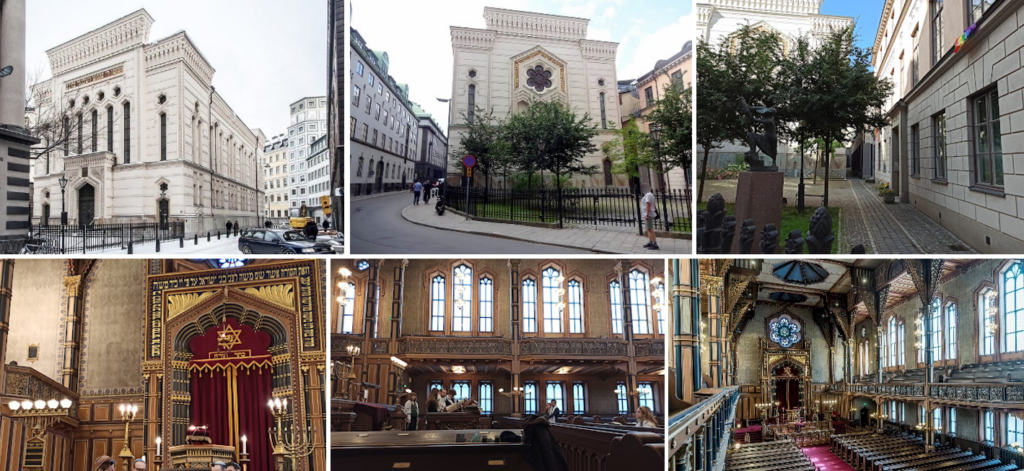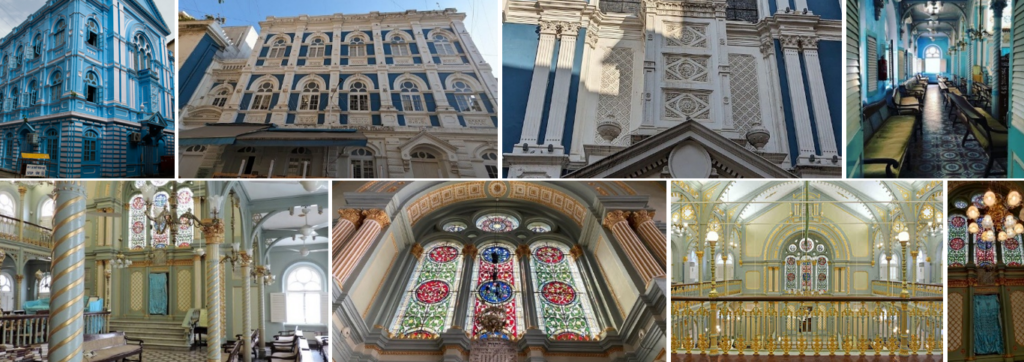
7th Day of Passover
Exodus 13:17–15:26, Numbers 28:19–25, II Samuel 22:1–51
In the Torah, the Song of the Sea, sung by Moses, is followed by the song of Miriam and the women. The Haftarah, on the other hand, exalts God by glorifying His power and acts of salvation.
Exodus 15:3
ה’ אִישׁ מִלְחָמָה ה’ שְׁמו
The Lord is a man of war; the Lord is His name!
In the following verse, the Lord destroys the Egyptian chariots.
The Armored Corps Museum (יד לשריון – Yad La-Shiryon) displays life-size reconstructions of ancient chariots used by Egyptian and Assyro-Babylonian civilizations. The museum also offers an impressive collection of more than 200 tanks and armored vehicles from Israel and other countries, some of which were captured from enemy forces(1) by Israel.
The main building, a Tegart fortress(2) with exterior walls deeply marked by impacts, houses a library that preserves information on every Israeli soldier from the Armored Corps who fell in battle. The Tzror Ha-Haïm Synagogue(3) adds a spiritual dimension to this place of remembrance. The fortress tower has been transformed into the Tower of Tears(4). The museum also features a large amphitheater and an auditorium.
Outside, the Wall of Names, engraved with the names of soldiers from the Armored Corps killed in action, pays homage to their memory. A water tower, where a Sherman tank has been installed in place of the reservoir, has become the museum’s logo.

(1) Tanks captured or destroyed by Israel:
– Egypt: War of Independence (1948–1949): 30–50 tanks; Six-Day War (1967): about 700 tanks; Yom Kippur War (1973): about 1,100 tanks.
– Syria: (1967): 100–150 units; (1973): nearly 1,000 tanks, mostly on the Golan Heights; Lebanon Conflict (1982): about 300 tanks.
– Jordan: (1967): about 200 units.
(2) Tegart Fortress: Named after British police officer Charles Augustus Tegart, who designed them. These fortresses, built in the 1930s–1940s during the British Mandate, were intended to reinforce security against Arab uprisings.
(3) Tzror Ha-Haïm (צרור החיים): This expression (meaning “Bundle of Life” or “Fountain of Life”) comes from I Samuel 25:29. It conveys the idea that the souls of the departed are bound to eternal life. The 18th-century Holy Ark in the synagogue was donated by the Jewish community of Pisa.
(4) Tower of Tears: An installation composed of steel plates recovered from a tank covering all the walls, where water flows to symbolize the tears shed for fallen Armored Corps soldiers. This work was designed by Danny Karavan (1930–2021), an Israeli sculptor renowned for his environmental sculptures that invite visitors to interact with the space. Among his iconic creations are the Path of Human Rights in Nuremberg and the Way of Peace in Israel.









